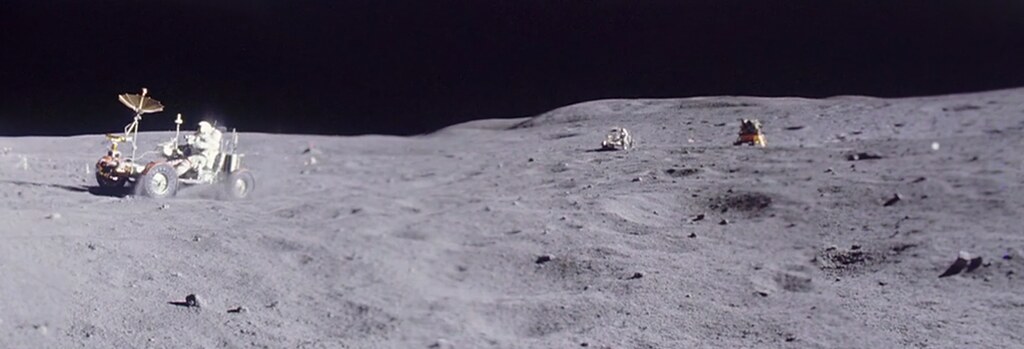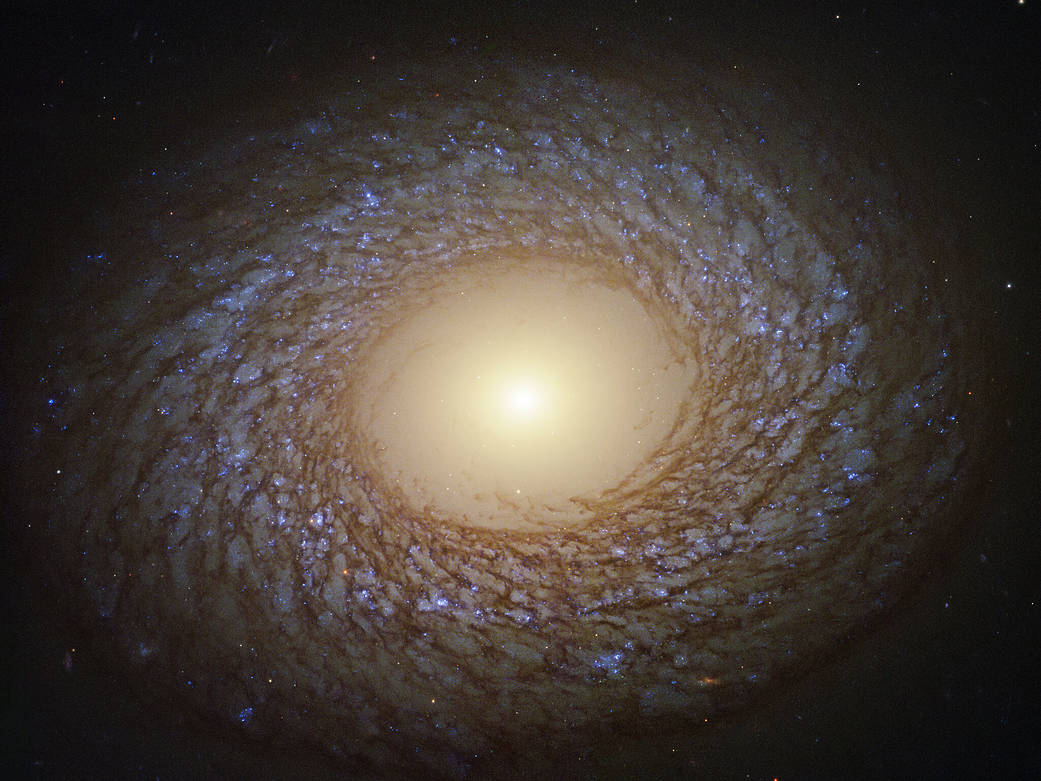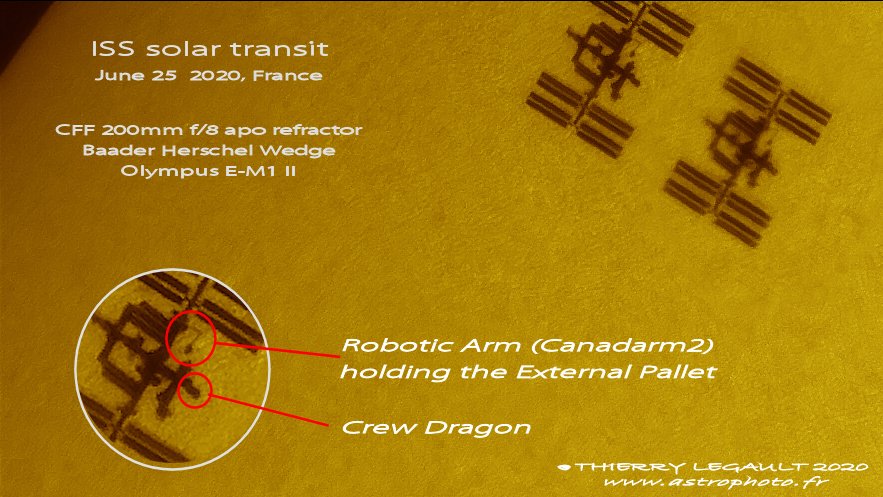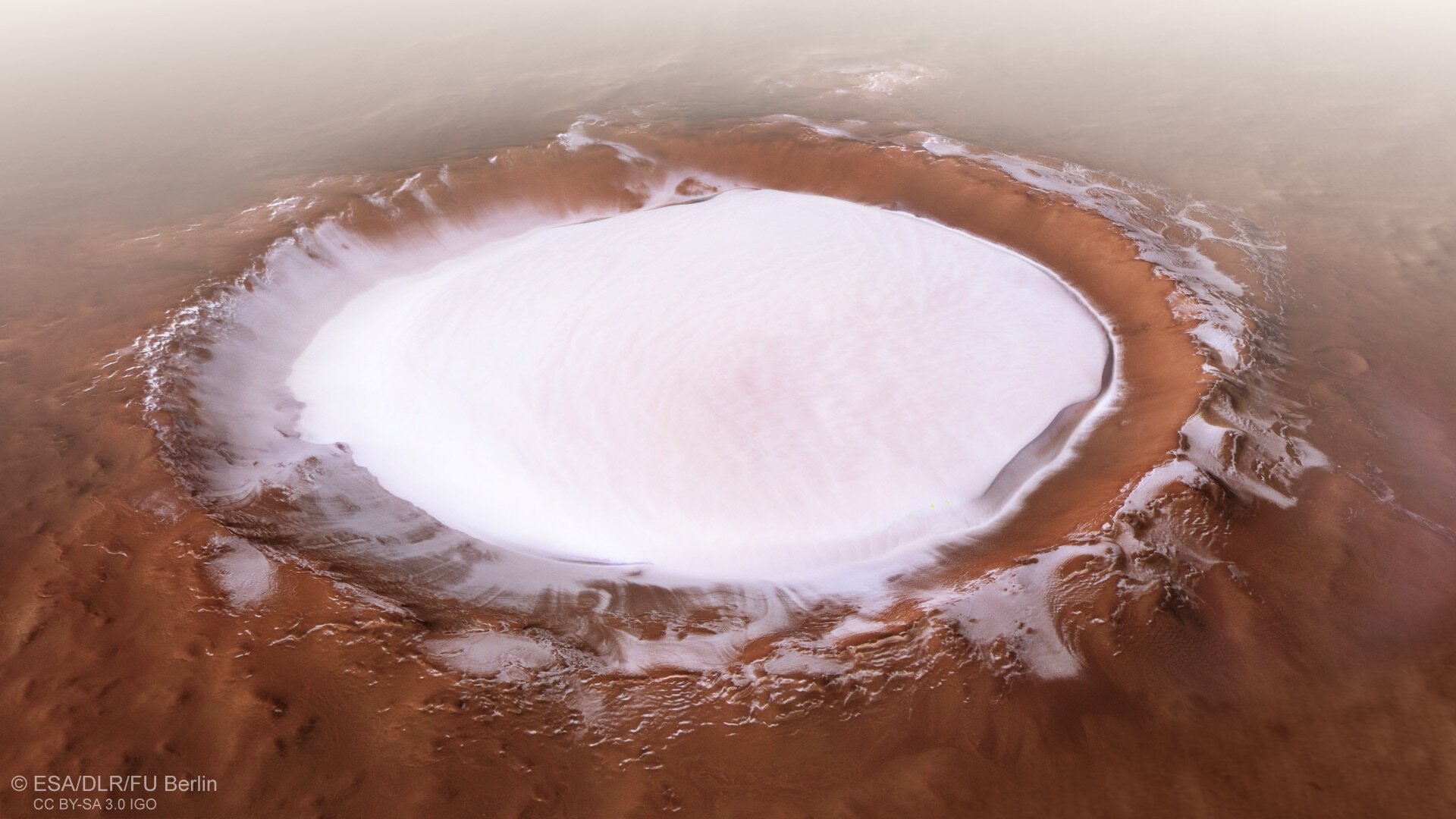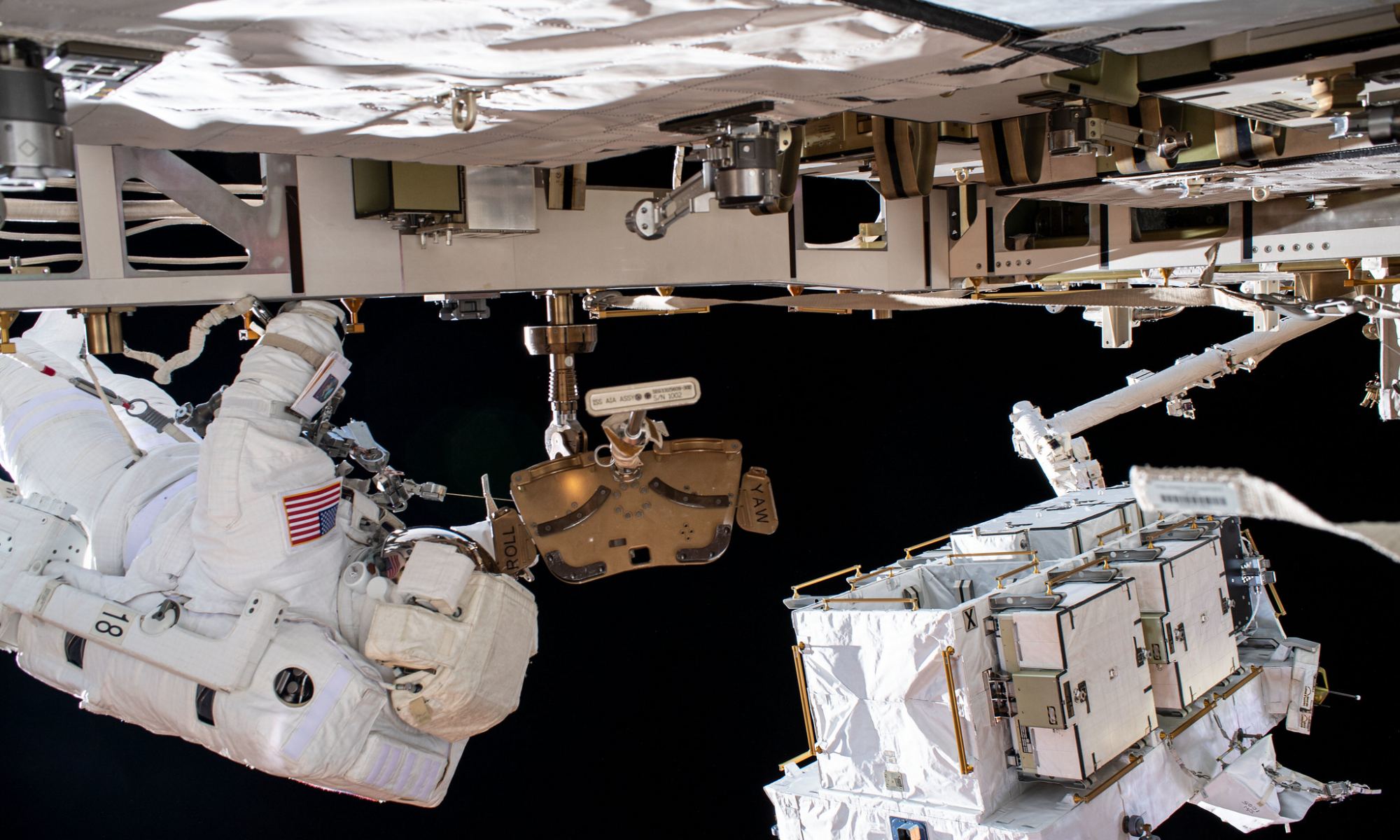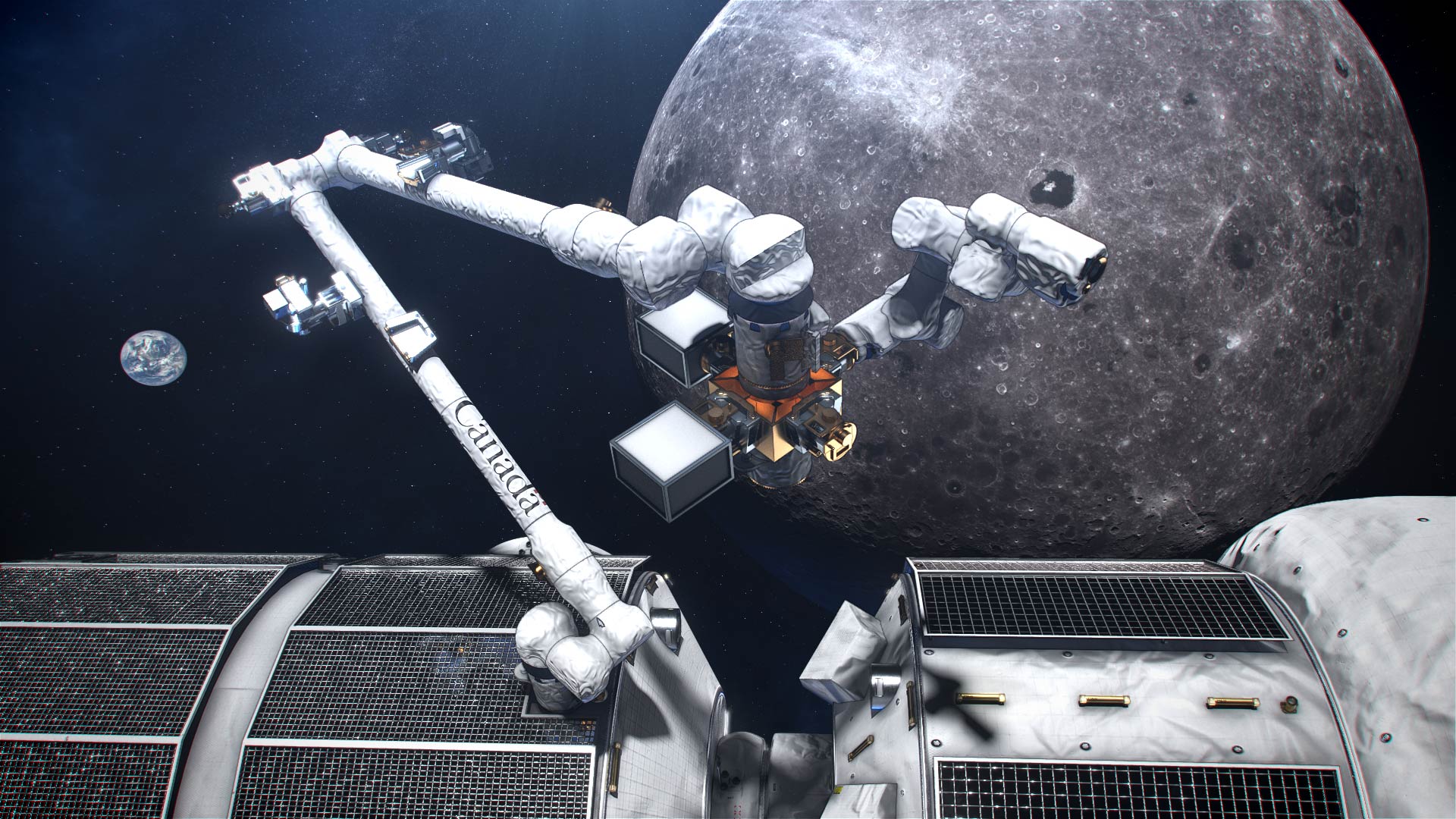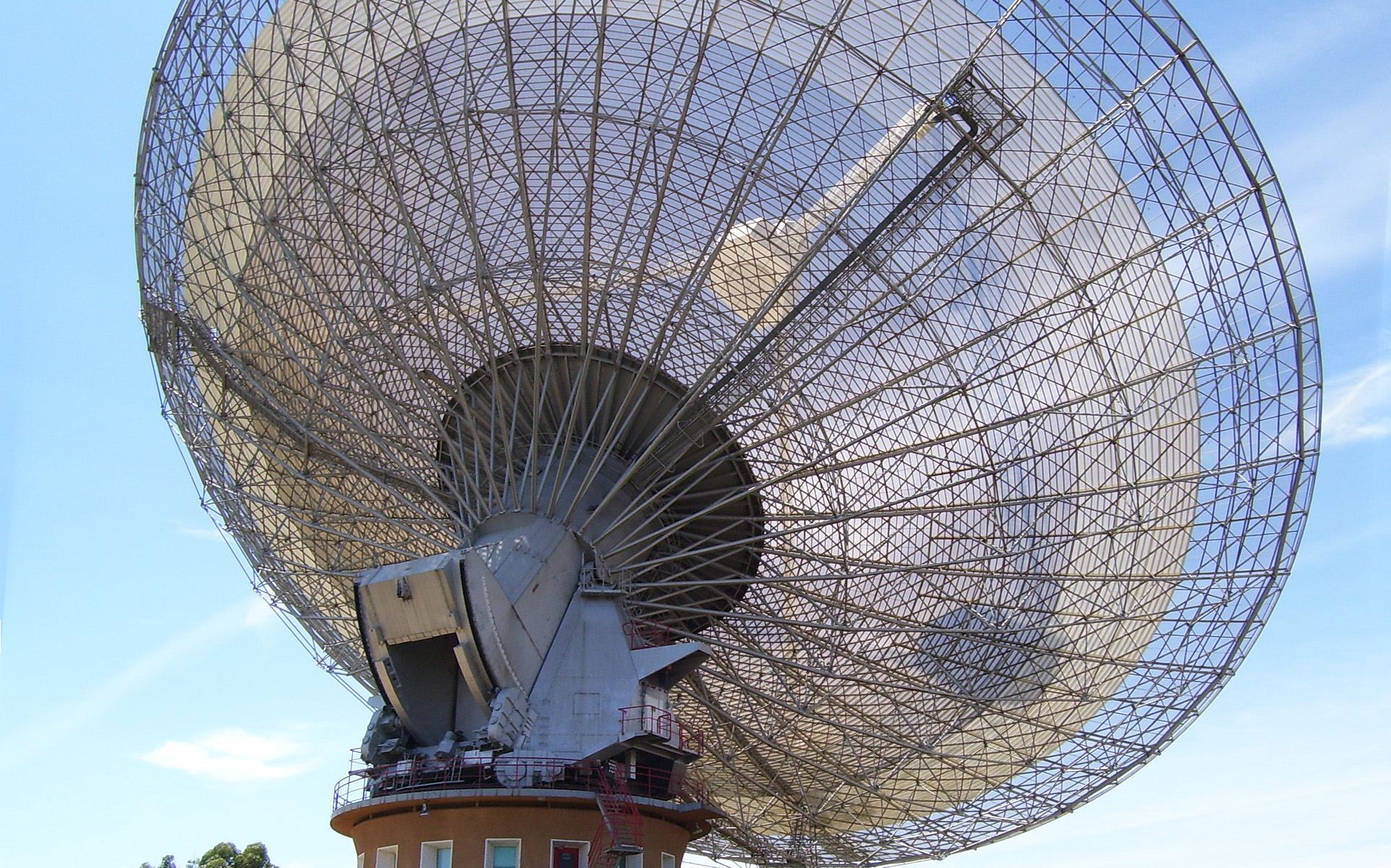As exciting and thrilling as it is to watch all the historic footage from the Apollo Moon landings, you have to admit, the quality is sometimes not all that great. Even though NASA has worked on restoring and enhancing some of the most popular Apollo footage, some of it is still grainy or blurry — which is indicative of the video technology available in the 1960s.
But now, new developments in artificial intelligence have come to the rescue, providing viewers a nearly brand new experience in watching historic Apollo video.
A photo and film restoration specialist, who goes by the name of DutchSteamMachine, has worked some AI magic to enhance original Apollo film, creating strikingly clear and vivid video clips and images.
Continue reading “AI Upscales Apollo Lunar Footage to 60 FPS”



